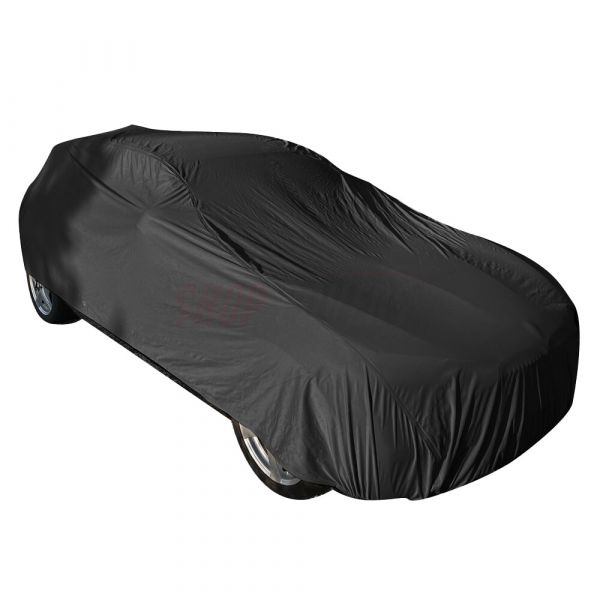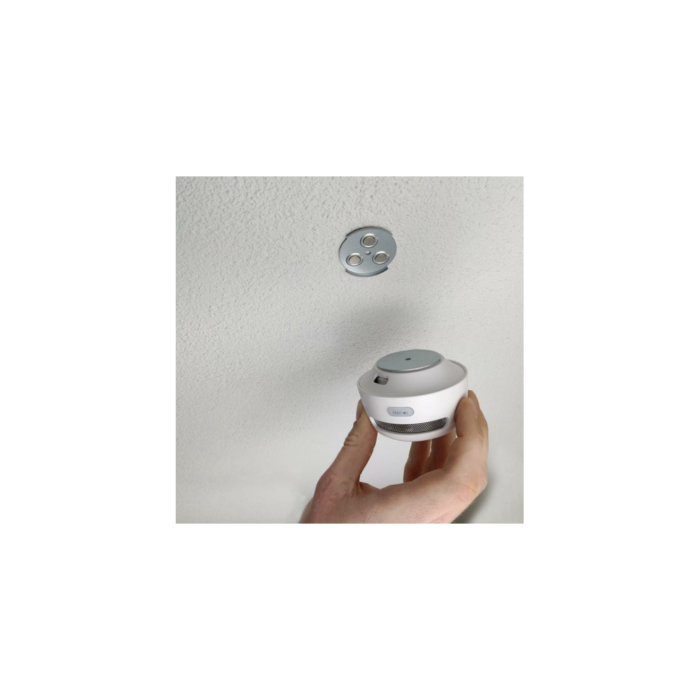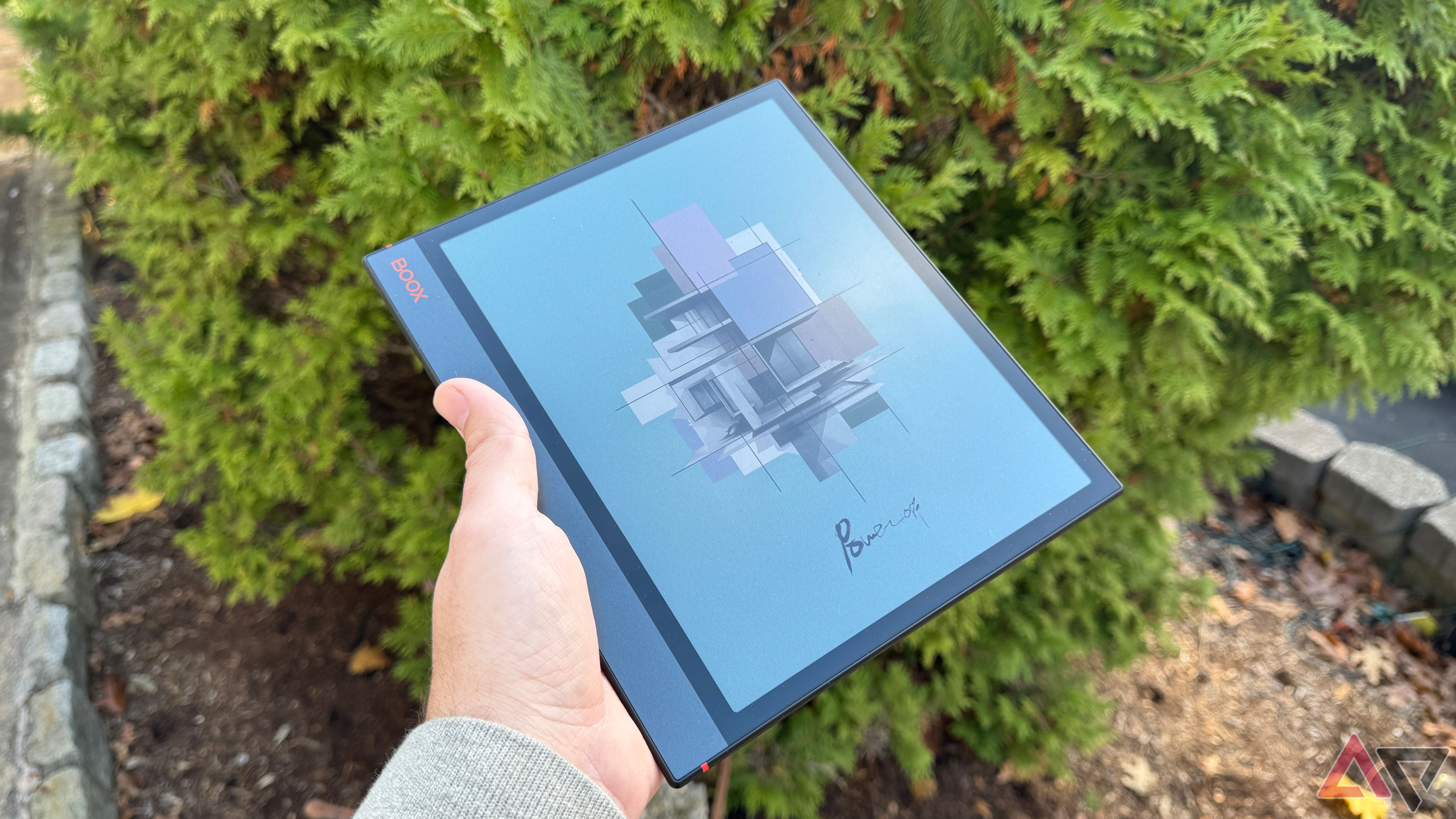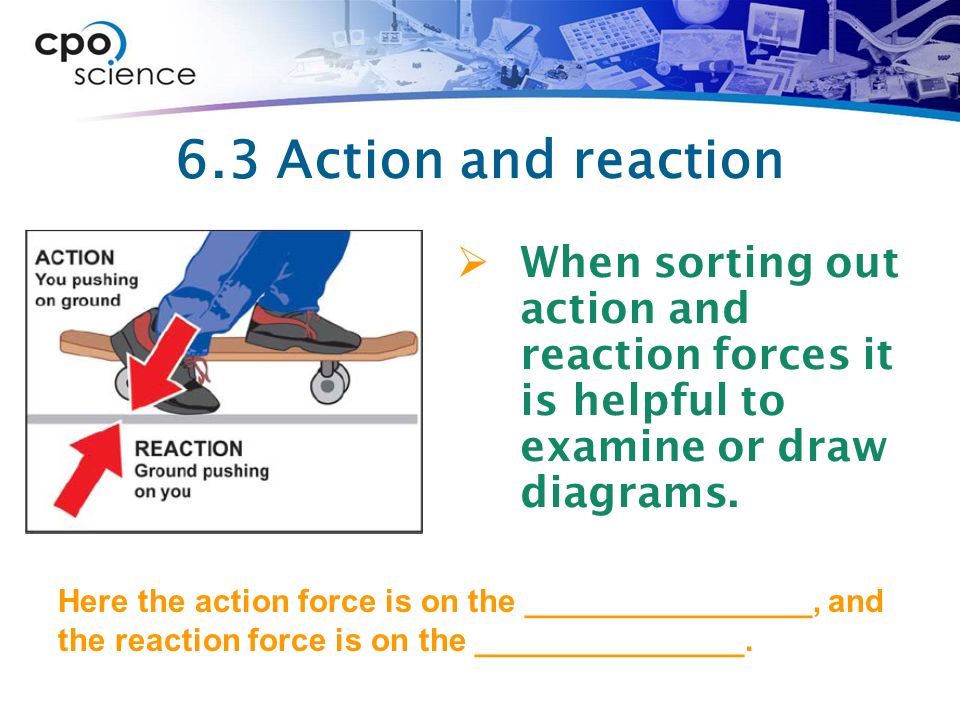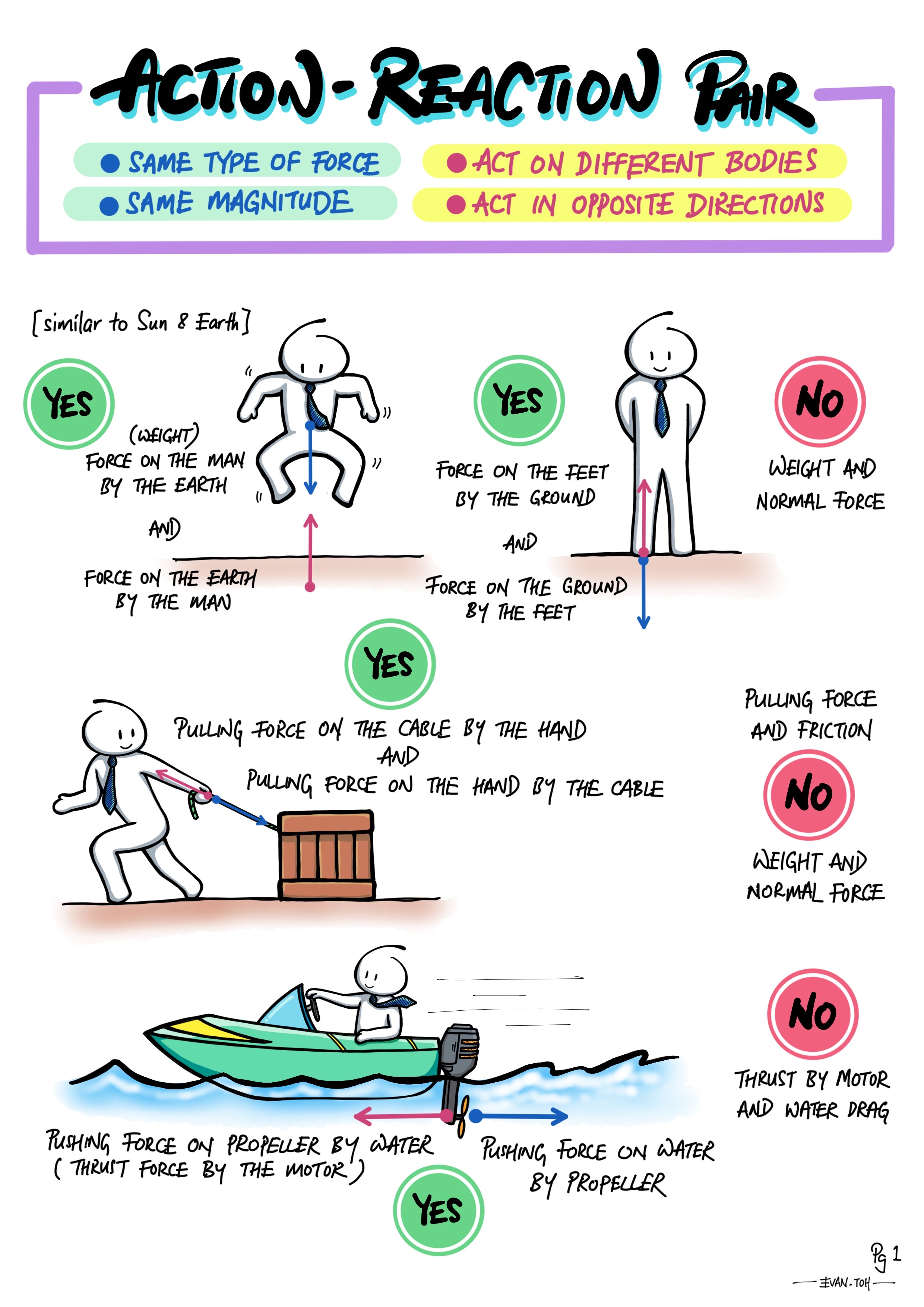6.3 Newton's Third Law Newton's Third Law (action- reaction
4.8 (606) · € 22.99 · En Stock
6.3 The Third Law: Action/Reaction Newton’s Third Law states that every action force creates a reaction force that is equal in strength and opposite in direction. There can never be a single force, alone, without its action-reaction partner.
6.3 Newton’s Third Law Newton’s Third Law (action- reaction) applies when a force is placed on any object, such as a basketball.
Here the action force is on the ________________, and the reaction force is on the _______________.
Solving Problems. A woman with a weight of 500 newtons is sitting on a chair. Describe one action-reaction pair of forces in this situation.
…pair of action-reaction forces. Given. …girl’s forceW = -500 N (down) Relationships: Action-reaction forces are equal and opposite and act on different objects. Solution. Draw a free body diagram. The downward force of 500 N exerted by the woman on the chair is an action. Therefore, the chair acting on the woman provides an upward force of 500 N and is the reaction. Fw = -500 N.
The effect of the force is not always the same.
The units for momentum are kilogram-meter per second (kg·m/s).
The law of conservation of momentum states that as long as the interacting objects are not influenced by outside forces (like friction) the total amount of momentum is constant or does not change.
The result of a skateboarder throwing a 1-kg ball at a speed of -20 m/sec is that he and the skateboard with a total mass of 40 kg move backward at a speed of +0.5 m/sec (if you ignore friction). We use positive and negative numbers to show opposite directions.
The small car experiences a much greater change in velocity much more rapidly than the big truck. Which vehicle ends up with more damage
If an astronaut in space were to release a 2-kilogram wrench at a speed of 10 m/s, the astronaut would move backward at what speed The astronaut’s mass is 100 kilograms.
… the velocity of the astronaut (backward) Given. …velocity1 = 10 m/s; mass1= 2 kg; mass2 = 100 kg; Relationships: m1v1 = m2v2. Solution. Draw a free body diagram.
According to Newton's third law of motion, every action has an equal and opposite reaction. But when we move an object, why does it move? - Quora

Newton's Third Law

Newton's 3rd Law of Motion Part 3: Identifying Action and Reaction forces

PPT - Newton's 3 rd Law of Motion Action - Reaction PowerPoint Presentation - ID:5388315
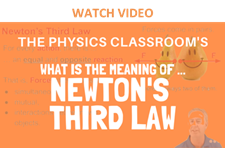
Newton's Third Law of Motion

Newton's Third Law of Motion - Action and Reaction Forces
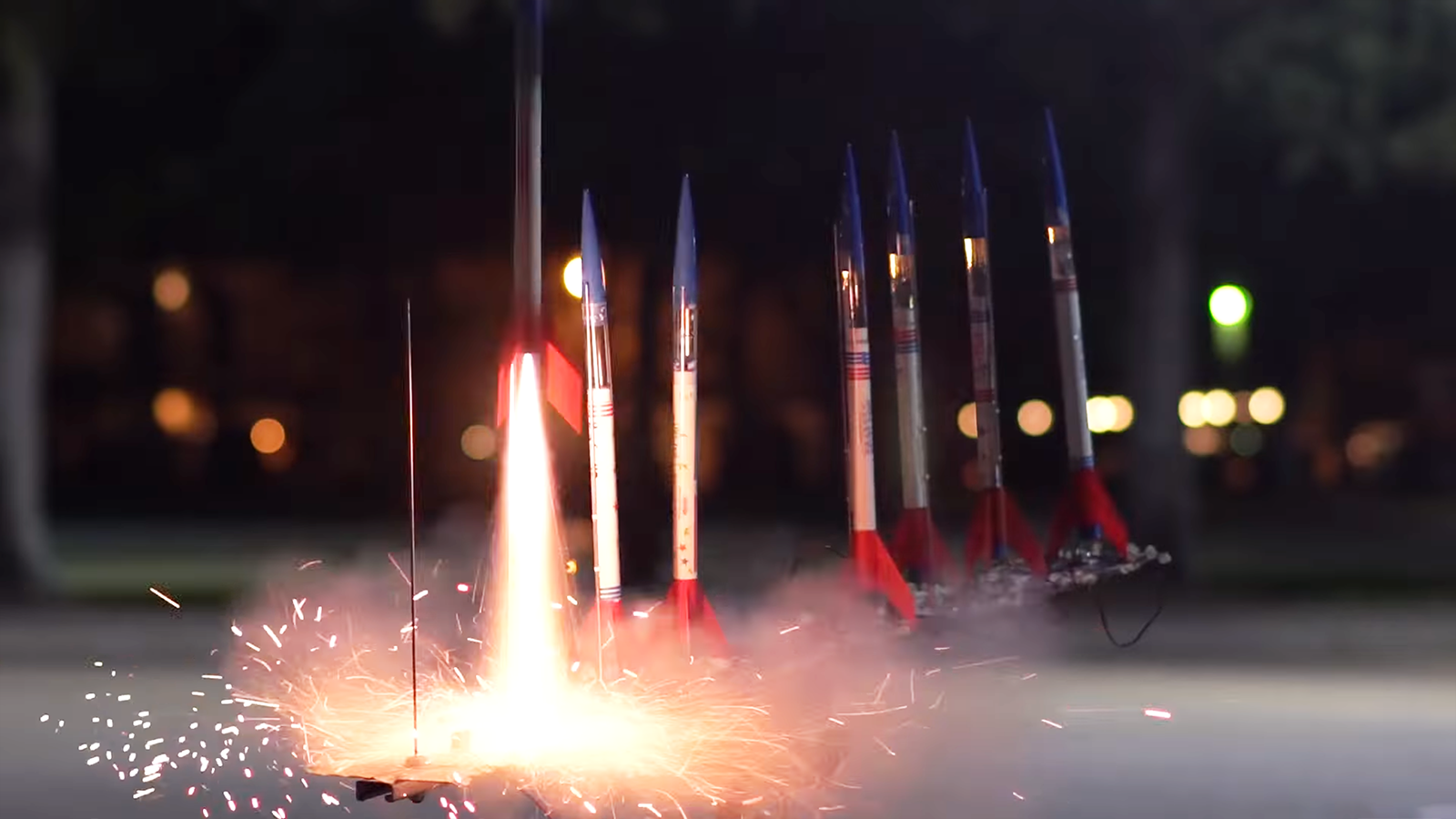
Science in Action: Newton's Third Law of Motion - Space Center Houston

Newton's 3 rd Law of Motion Action - Reaction Chapter ppt download
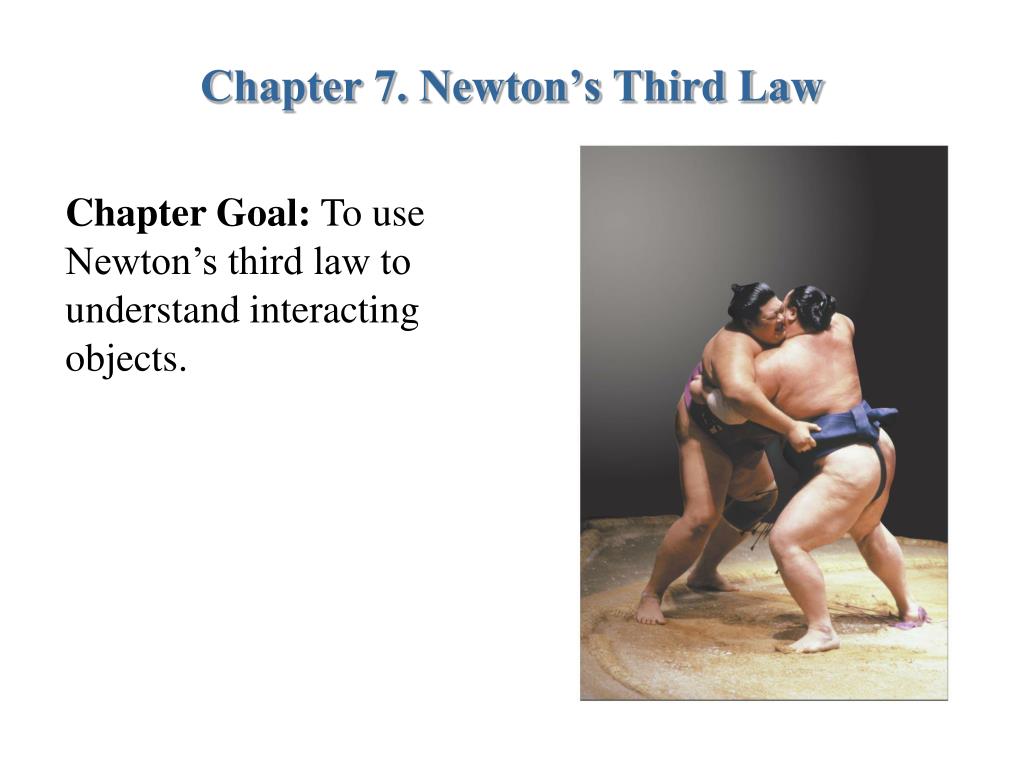
PPT - Chapter 7. Newton's Third Law PowerPoint Presentation, free download - ID:396322

Newton's third Law
